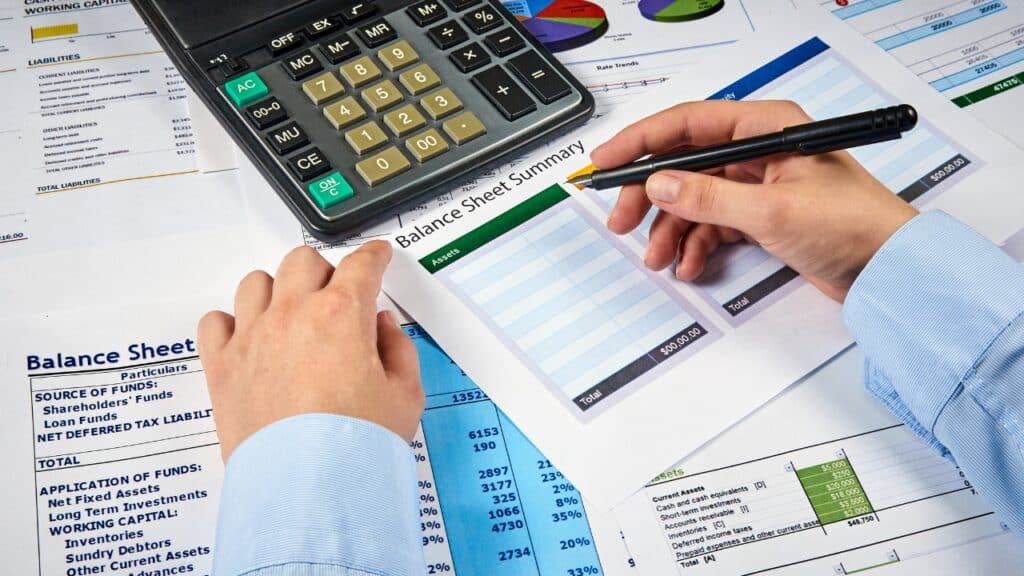Which Account Does Not Appear on the Balance Sheet?
Every entrepreneur, investor, and stakeholder knows the importance of a clear financial picture. To grasp this image, one must dive deep into financial statements, including income and balance sheets. But amidst the vast array of financial information, there’s a query many often ponder: “Which account does not appear on the balance sheet?”
Understanding Financial Statements

- Income Statement: It reveals a company’s financial performance as recorded on its income over a specific period. This statement helps us understand how much profit or loss a business has made.
- Balance Sheet: This offers a short overview of a business enterprise’s possessions. A precis of an enterprise’s belongings, liabilities, and shareholders’ fairness is provided. This summary briefly assesses an employer’s property, liabilities, and equity held by its shareholders. Here, intangible property, balance sheet property, and stability sheet objects play important roles.
Digging Deeper: The Missing Account from the Balance Sheet
It’s worth noting that while assets and liabilities, such as intangible assets or items recorded on the balance sheet, are vital, not everything finds its way onto this statement. One such item is “unearned revenue.”
- Unearned Revenue: A company’s balance sheet will list many obligations, but unearned revenue, though an obligation, is not reflected on the balance. A liability is a payment for a service or product not yet delivered.
Items Often Misunderstood on a Balance Sheet

- Operating Leases: Previously, operating leases were not part of the company’s balance sheet. However, accounting changes have now made it mandatory for these to be recorded on the balance.
- Intangible Assets: While assets on the balance sheet include physical items, intangible assets are non-physical. These can be patents, copyrights, or brand recognition.
- Unearned Revenue: As stated, it’s money received for goods or services yet to be provided. This financial picture isn’t painted directly on the balance sheet but plays a pivotal role in understanding future obligations.
Conclusion: Always Dig Deeper
In the vast world of accounting and finance, what’s out in the open is just the tip of the iceberg. There’s always more beneath the surface. And while we’ve shed light on a couple of accounts that might not appear directly, remember that there’s always more to a company’s balance sheet than meets the eye.
Curious about more financial intricacies? Need assistance deciphering your company’s financial statements or want insights into other balance sheet items? We’re here to help. Dive deeper with our services to uncover hidden treasures in financial data. Because when it comes to finances, knowledge isn’t just power; it’s profit!
FAQS
Assets, liabilities, and shareholders’ equity.
While it is an obligation, it’s a liability for services/products not yet provided.
They’re non-physical assets that add value to the company but cannot be touched.
They provide a snapshot of a company’s health, profitability, and prospects.
A balance sheet is a financial announcement that shows an employer’s assets, liabilities, and fairness at a selected factor in time. It showcases what a business enterprise owns, owes, and the residual interest left for its shareholders.






